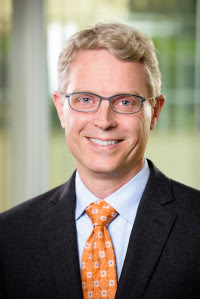Says Earl Anthony Wayne, Public Policy Fellow, Mexico Institute at the Wilson Center, Washington. In an article titled "Don't Forget the Workers" published on September 25, 2020, Wayne, who has served as Career Ambassador to Afghanistan, Argentina, and Mexico, suggests that as the U.S. Congress makes yet another effort to approve a new covid-19 relief package, it is urgent that the legislators include additional robust funding for re-skilling and upskilling workers.
"Congressional action should encompass opportunities for workers still on the job as well as those who are out of work, those whose jobs will never return, and younger individuals seeking to enter the job market. If done well, such programs will boost employment, the economic recovery and the future of U.S. workers and businesses," he writes.
Wayne quoted a 2019 McKinsey study, which predicted that workers without college degrees would be four times more likely to lose their jobs to automation than those with a bachelor’s degree over the decade. "Those same workers have experienced the greatest losses of employment and income during the pandemic," writes Wayne.
"The pandemic appears to be fueling even greater negative effects for less skilled workers across North America as companies adopt new technology to help deal with the health-related workplace challenges for manufacturing, supply chains, service provision, etc."
Wayne warns, quoting a report published in The Washington Post, that inequality seems to be widening in the United States, with higher skilled workers adapting more successfully to the downturn than less educated and less skilled workers. It is clear that the economy that emerges from this crisis is not going back to old ways, nor will it put aside the new technologies and automation now being adopted. More jobs will be transformed, requiring new skills, and some will be permanently eliminated.
"The pandemic is more widely driving home the lessons of America’s relative underinvestment in primary and secondary education, for example, with very tough lessons for many families. As the pandemic accelerates technological transformations, the urgency of taking action to build a more skilled workforce grows," he concludes.







